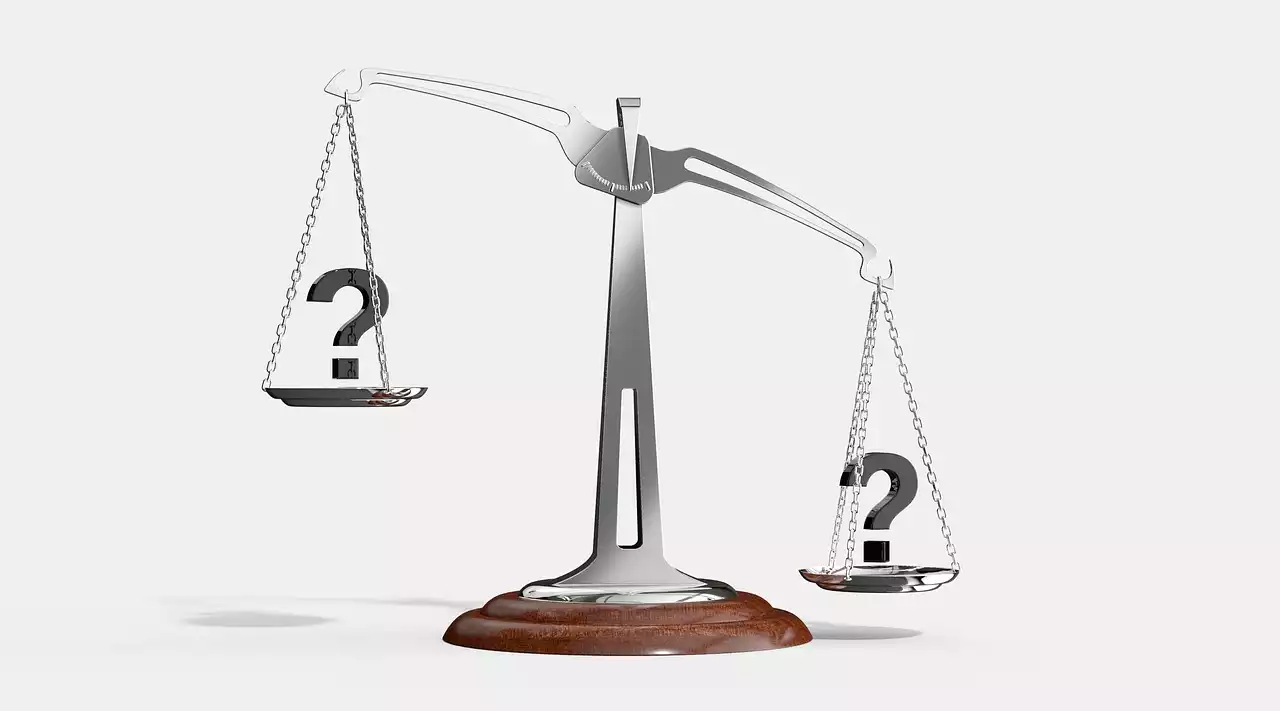Understanding user acquisition and user retention
User acquisition is the process of attracting new users to your business. It involves various marketing strategies, such as social media advertising, content marketing, search engine optimization, and influencer marketing. The ultimate goal of user acquisition is to increase your customer base and boost your revenue.
User retention, on the other hand, is the process of keeping your existing customers engaged and satisfied. It involves various activities, such as personalized email marketing, loyalty programs, customer service, and social media engagement. The ultimate goal of user retention is to create a loyal customer base that generates repeat business and positive word-of-mouth advertising.
Importance of balancing user acquisition and user retention efforts
Both user acquisition and user retention are important for the success of your marketing strategy. Focusing too much on user acquisition can lead to a high customer acquisition cost and low customer lifetime value. On the other hand, focusing too much on user retention can lead to a stagnant customer base and limited growth opportunities.
Finding the right balance between user acquisition and user retention can help you achieve the following benefits:
- Maximizing your marketing ROI
- Increasing customer lifetime value
- Creating a loyal customer base
- Generating positive word of mouth advertising
- Boosting your revenue and profits
User acquisition strategies
There are various user acquisition strategies that you can use to attract new users to your business. Here are some of the most effective ones:
Social media advertising
Social media advertising is a cost-effective way to reach a large audience and drive traffic to your website. You can use platforms like Facebook, Instagram, and LinkedIn to target your ideal audience based on demographics, interests, and behaviors. By creating compelling ad copy and visuals, you can attract new users to your business and increase your brand awareness.
Content marketing
Content marketing involves creating valuable and relevant content that attracts and engages your target audience. You can use various formats, such as blog posts, videos, infographics, and podcasts, to showcase your expertise and provide value to your users. By optimizing your content for search engines and social media, you can increase your visibility and attract new users to your website.
Search engine optimization
Search engine optimization (SEO) involves optimizing your website and content to rank higher in search engine results pages (SERPs). You can use various techniques, such as keyword research, on-page optimization, and link building, to improve your website's visibility and attract organic traffic. By targeting high-intent keywords and providing valuable content, you can attract new users who are actively searching for your products or services.
User retention strategies
There are various user retention strategies that you can use to keep your existing customers engaged and satisfied. Here are some of the most effective ones:
Personalized email marketing
Personalized email marketing involves sending tailored messages to your subscribers based on their interests, behavior, and preferences. By segmenting your email list and creating targeted campaigns, you can provide value to your users and keep them engaged with your brand. You can also use email marketing to promote your products, offer exclusive deals, and collect feedback from your users.
Loyalty programs
Loyalty programs involve rewarding your customers for their loyalty and repeat business. You can offer various incentives, such as discounts, freebies, and exclusive access, to encourage your users to keep coming back. By creating a sense of exclusivity and appreciation, you can strengthen your relationship with your customers and generate positive word-of-mouth advertising.
Customer service
Customer service involves providing timely and helpful assistance to your users whenever they have questions, issues, or feedback. By offering multiple channels, such as phone, email, and chat, you can provide a seamless and personalized experience to your users. By resolving their problems and addressing their concerns, you can create a positive impression and retain their loyalty.
Metrics to measure the success of user acquisition and retention efforts
To measure the success of your user acquisition and retention efforts, you can use various metrics. Here are some of the most important ones:
Customer acquisition cost (CAC)
Customer acquisition cost (CAC) is the total cost of acquiring a new customer, including marketing expenses, sales commissions, and overhead costs. You can calculate your CAC by dividing your total acquisition costs by the number of new customers acquired. By tracking your CAC, you can determine the effectiveness of your user acquisition strategies and optimize your marketing budget.
Customer lifetime value (CLV)
Customer lifetime value (CLV) is the total value that a customer brings to your business over their lifetime. You can calculate your CLV by multiplying your average order value by your average customer lifespan. By increasing your CLV, you can generate more revenue and profits from your existing customers and justify your user retention efforts.
Churn rate
Churn rate is the percentage of customers who stop using your products or services over a given period. You can calculate your churn rate by dividing the number of lost customers by the total number of customers. By reducing your churn rate, you can retain more customers and increase your customer lifetime value.
Common mistakes businesses make when focusing solely on user acquisition or retention
Focusing solely on user acquisition or retention can lead to various mistakes that can hurt your marketing strategy. Here are some of the most common ones:
Neglecting user retention
Neglecting user retention can lead to a high churn rate and low customer lifetime value. By failing to provide value and personalized experiences to your existing customers, you can lose their loyalty and repeat business. It's important to balance your user acquisition and retention efforts to create a sustainable and profitable customer base.
Ignoring customer feedback
Ignoring customer feedback can lead to a negative reputation and poor customer satisfaction. By failing to listen to your users' opinions, suggestions, and complaints, you can miss valuable insights and improvement opportunities. It's important to collect and analyze customer feedback regularly to improve your products, services, and user experiences.
Overlooking data analysis
Overlooking data analysis can lead to a lack of insights and optimization opportunities. By failing to track and measure your user acquisition and retention metrics, you can't determine the effectiveness of your marketing strategy. It's important to use data analysis tools and techniques to identify trends, patterns, and opportunities in your user behavior and preferences.
Case studies of businesses that have successfully balanced user acquisition and retention efforts
There are various businesses that have successfully balanced their user acquisition and retention efforts to achieve sustainable growth and profitability. Here are some of the most inspiring case studies:
Airbnb
Airbnb is a global online marketplace that connects travelers with local hosts who offer unique accommodation options. The company has achieved immense success by balancing its user acquisition and retention efforts. It has used various user acquisition strategies, such as social media advertising, content marketing, and referral programs, to attract new users to its platform. At the same time, it has used various user retention strategies, such as personalized email marketing, loyalty programs, and customer service, to keep its existing users engaged and satisfied. By providing value, trust, and convenience to both its hosts and guests, Airbnb has created a loyal and growing customer base.
Starbucks
Starbucks is a global coffeehouse chain that offers premium coffee, tea, and food products. The company has achieved immense success by balancing its user acquisition and retention efforts. It has used various user acquisition strategies, such as social media advertising, influencer marketing, and mobile apps, to attract new customers to its stores. At the same time, it has used various user retention strategies, such as personalized email marketing, loyalty programs, and customer service, to keep its existing customers engaged and satisfied. By providing a premium and personalized coffeehouse experience, Starbucks has created a loyal and growing customer base.
Amazon
Amazon is a global e-commerce giant that offers a wide range of products and services. The company has achieved immense success by balancing its user acquisition and retention efforts. It has used various user acquisition strategies, such as search engine optimization, social media advertising, and affiliate marketing, to attract new customers to its website. At the same time, it has used various user retention strategies, such as personalized email marketing, loyalty programs, and customer service, to keep its existing customers engaged and satisfied. By providing a seamless and convenient online shopping experience, Amazon has created a loyal and growing customer base.









.png?size=50)